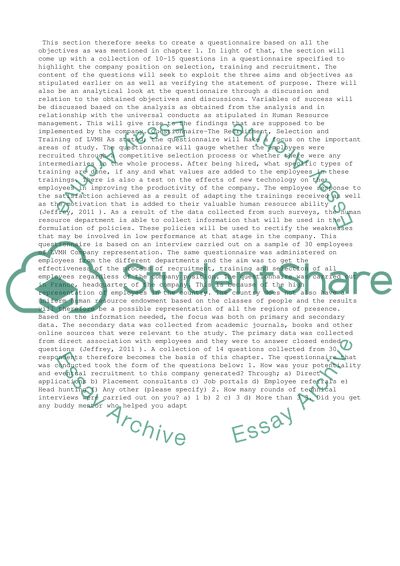Cite this document
(“Recruitment, Training and Selection Questionnaire Essay”, n.d.)
Retrieved from https://studentshare.org/business/1404072-the-recruitment-selection-and-training-of-lvmh
Retrieved from https://studentshare.org/business/1404072-the-recruitment-selection-and-training-of-lvmh
(Recruitment, Training and Selection Questionnaire Essay)
https://studentshare.org/business/1404072-the-recruitment-selection-and-training-of-lvmh.
https://studentshare.org/business/1404072-the-recruitment-selection-and-training-of-lvmh.
“Recruitment, Training and Selection Questionnaire Essay”, n.d. https://studentshare.org/business/1404072-the-recruitment-selection-and-training-of-lvmh.


